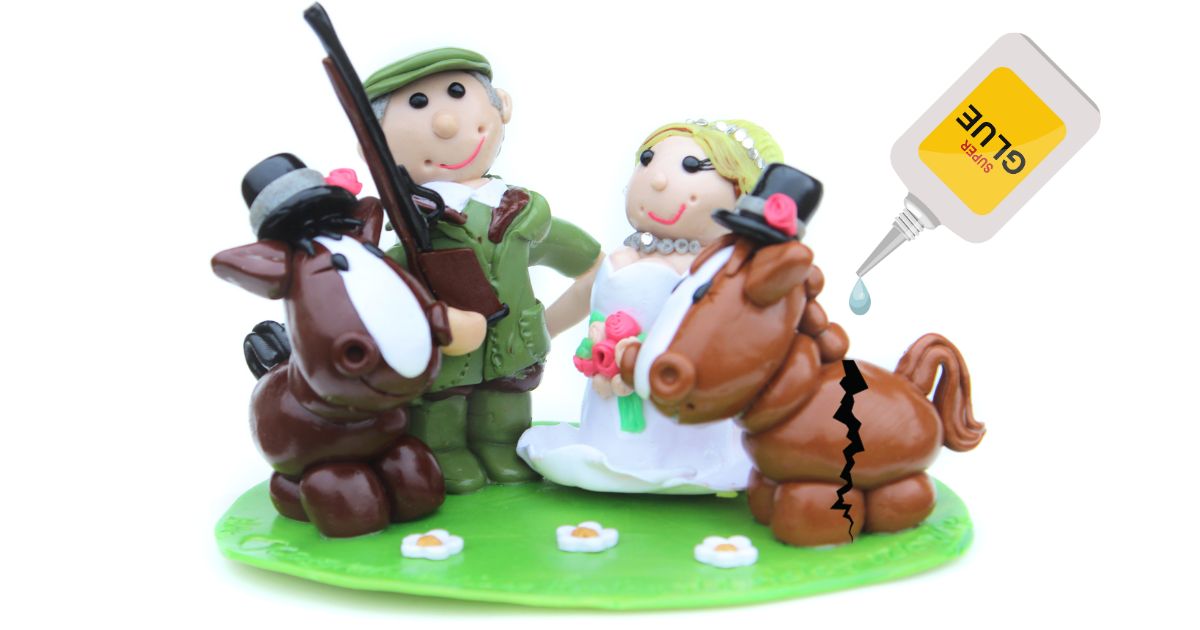
What Glue to Use for Cold Porcelain? Complete Guide and Recomendations
Cold porcelain is a versatile and craft-friendly material that has gained popularity in recent years. It is known for its ease of use and its ability to create detailed and beautiful figures and decorations.
However, a common question that arises when working with cold porcelain is: what glue should be used for cold porcelain? In this article, we will explore in-depth the types of glue suitable for cold porcelain, whether for bonding, repairing, or enhancing your cold porcelain creations.
We will also provide you with helpful tips and recommendations to ensure the success of your projects.
The Importance of the Right Glue
Choosing the right glue when working with cold porcelain is essential to ensure the durability and quality of your creations. Cold porcelain is a starch-based material with a sticky and porous texture, which means that not all glues will work effectively.
Choosing the wrong glue can result in weak bonds, projects that easily fall apart, or even permanent damage. Here, we present a list of glue types suitable for cold porcelain, along with their advantages and disadvantages.
1.Cold Porcelain Glue
One of the most logical and effective options is to use the same material you are working with. Some brands manufacture glue specifically designed to adhere cold porcelain pieces together. This glue is often water-resistant and provides a strong and durable bond.
Advantages:
Perfect compatibility with cold porcelain.
Strong and durable.
Water-resistant after drying.
Disadvantages:
Can be costly compared to other options.
2. Cyanoacrylate Glue (Super Glue)
Cyanoacrylate glue, commonly known as “Super Glue,” is an excellent choice for bonding cold porcelain pieces. This type of glue dries quickly and creates a strong and durable bond. Make sure to use a formula that is suitable for porous materials.
Advantages:
Dries quickly.
Provides a strong bond.
Available in most craft stores.
Disadvantages:
Some formulas may leave a white residue visible on cold porcelain.
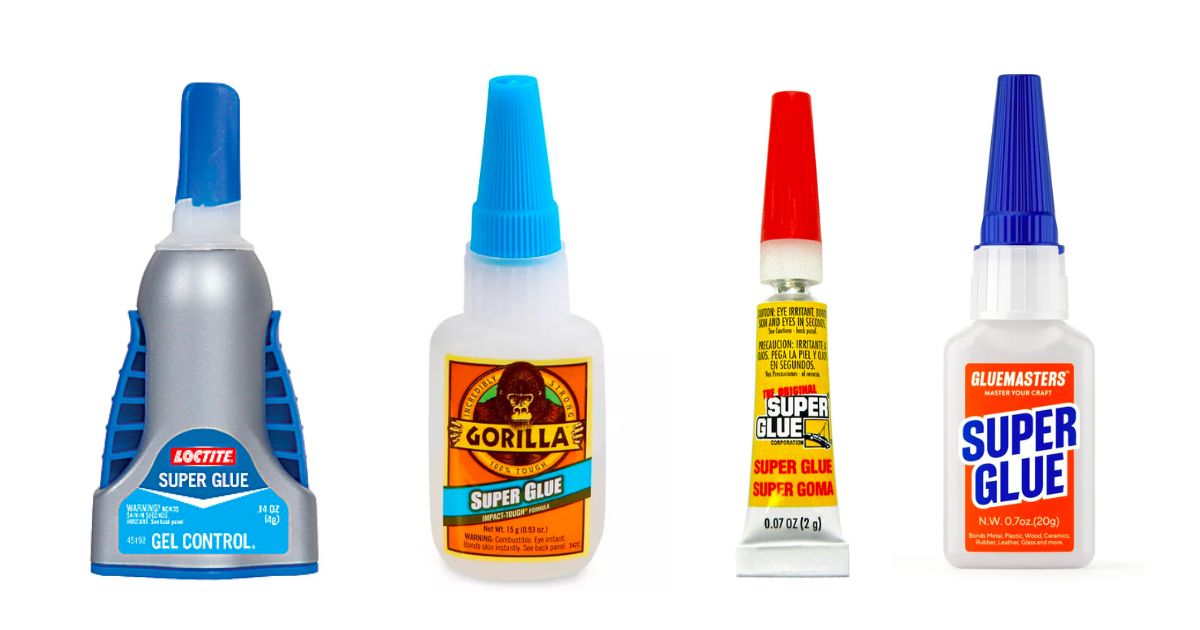
3. Epoxy Glue
Epoxy glue is another effective option for bonding cold porcelain. This glue consists of two components that you need to mix before using it. It provides an extremely strong bond and is ideal for repairs and projects where precision is essential.
Advantages:
Very strong bond.
Ideal for detailed repairs.
Resistant to most solvents.
Disadvantages:
Requires precise mixing of components.
Surface may need to be sanded before application.
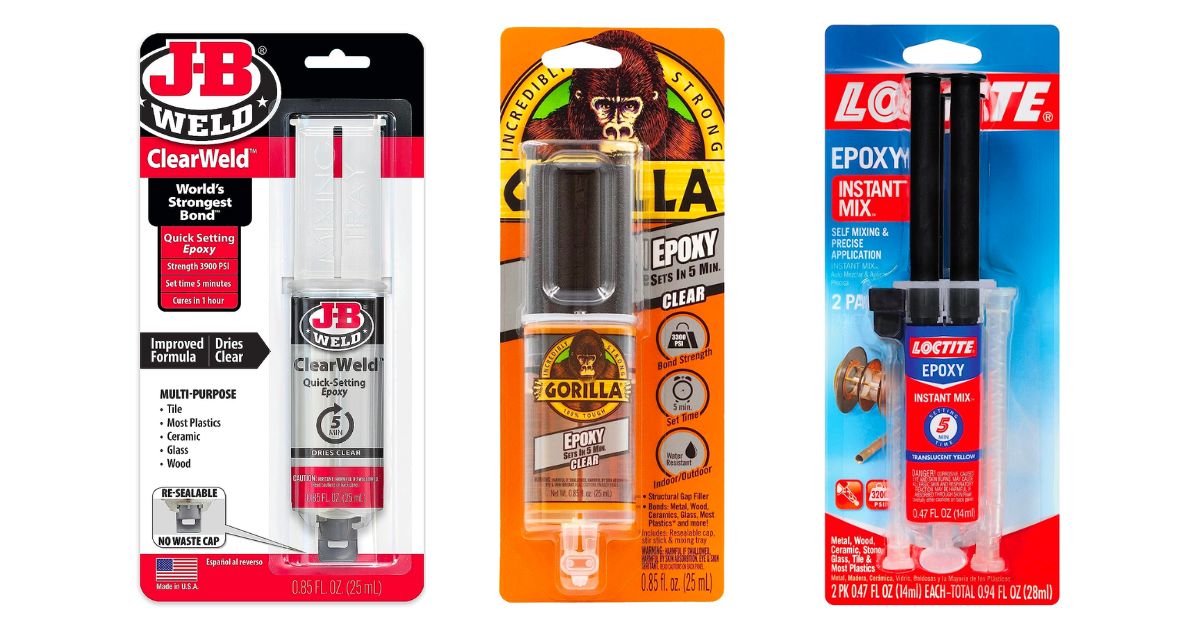
4. Silicone Glue
Silicone glue is a versatile option for adhering cold porcelain. It is especially useful when you need to bond pieces at complicated angles or when you desire a flexible bond. Silicone adheres well to cold porcelain and is water-resistant.
Advantages:
Flexibility in bonding.
Good adherence to cold porcelain.
Water-resistant.
Disadvantages:
May require additional time to dry and cure completely.
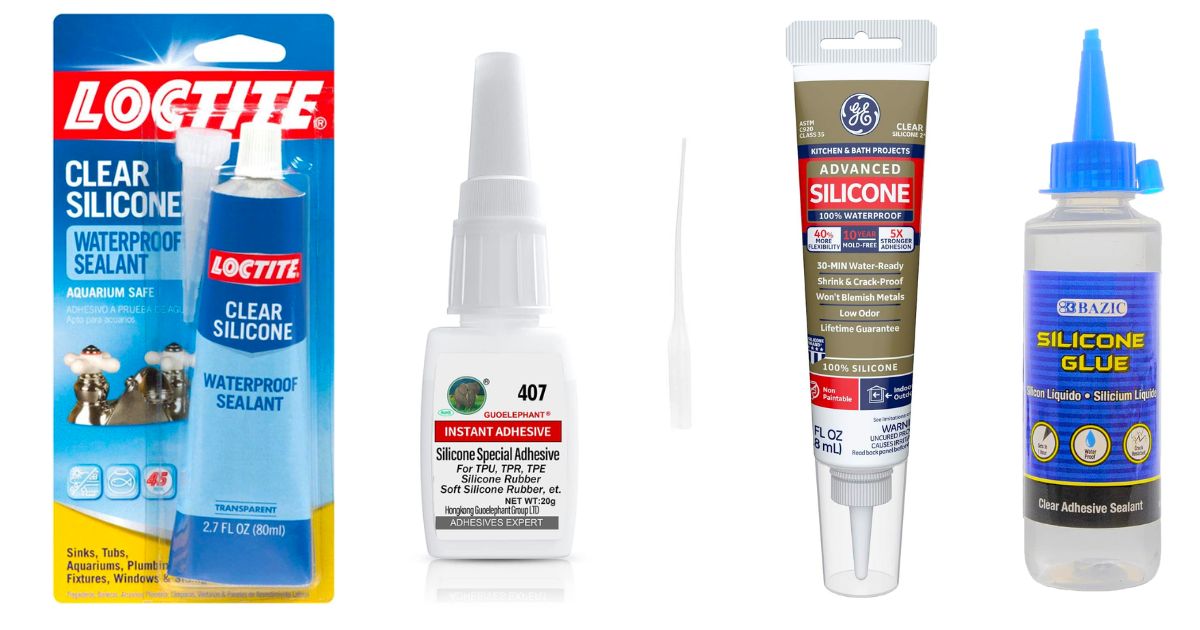
5. Resin Glue
Clear epoxy resin is an interesting choice if you want a transparent and durable bond. It is especially suitable for jewelry and decorative projects where aesthetics are important. The resin is mixed and poured onto the surface to be bonded, creating a strong and transparent bond.
Advantages:
Transparent bond.
Ideal for jewelry projects.
Durable and long-lasting.
Disadvantages:
Requires skill to mix and apply correctly.
Longer drying time.
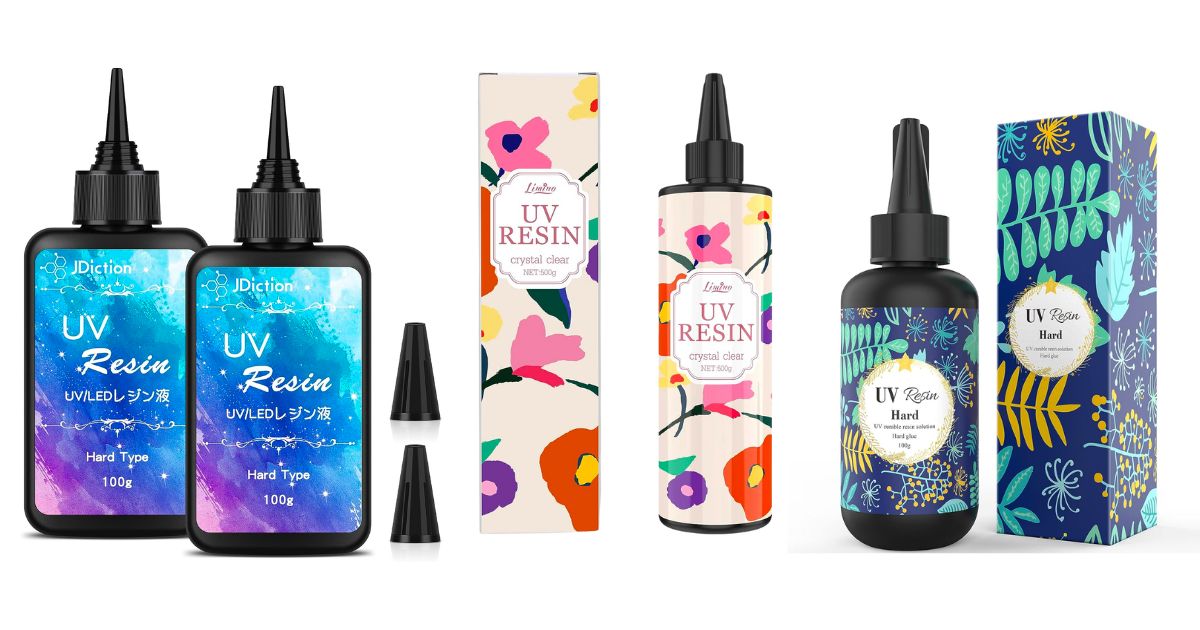
Tips for Using Glue on Cold Porcelain
Regardless of the type of glue you choose, here are some important tips for effectively bonding cold porcelain pieces:
Clean Surfaces: Before applying glue, ensure that the surfaces are clean and free from grease. Use a clean cloth and isopropyl alcohol to remove any residue that may affect the glue’s adhesion.
Follow Manufacturer’s Instructions: Each type of glue has its own usage instructions. Read and follow the instructions provided by the glue manufacturer for the best results. These instructions often include information about drying time, recommended temperature, and other helpful tips.
Perform a Test: It’s always advisable to perform a test on a small piece of cold porcelain before applying the glue to your main project. This allows you to assess the glue’s compatibility and ensure it doesn’t cause unwanted damage or discoloration to your work.
Use Clamps: To hold pieces in place while the glue dries, use clamps, tape, or any other suitable method for your project. This helps ensure a firm and precise bond.
Allow Adequate Drying Time: After applying the glue, make sure to allow sufficient drying time before handling or using your cold porcelain project. Drying time varies depending on the type of glue and environmental conditions, so follow the manufacturer’s guidelines.
Recommendations for Specific Projects
Cold Porcelain Figure Projects: If you are creating detailed figures with cold porcelain, it’s important to use a glue that offers a strong and durable bond, such as cold porcelain glue or cyanoacrylate glue. These glues are ideal for bonding small and delicate pieces.
Cake and Pastry Decorations: Cold porcelain is often used to decorate cakes and pastries. In this case, cold porcelain glue is the safest choice, as it is edible and safe for use on food.
Jewelry Projects: When working on jewelry projects with cold porcelain, transparent epoxy resin is an excellent choice for bonding pieces and creating a glossy and long-lasting finish.
Repairs of Cold Porcelain Pieces: If you have a cold porcelain piece that has broken or needs repair, epoxy glue is a solid choice. Its strength and ability to fill gaps make it suitable for more complex repairs.
Conclusion
In conclusion, choosing the right glue is crucial when working with cold porcelain to ensure the durability and quality of your projects. Depending on the nature of your project and your personal preferences, you can opt for cold porcelain glue, cyanoacrylate glue, epoxy glue, silicone glue, or resin glue.
Always follow the manufacturer’s instructions and perform tests before applying glue to your main project. With the right knowledge and appropriate materials, you can create beautiful works of art and crafts with cold porcelain that will stand the test of time. Enjoy your creativity and explore the endless possibilities offered by this fascinating material!
Remember that selecting the correct glue is crucial for the success of your cold porcelain projects. Choose wisely, and ensure that your creations have the durability and quality they deserve. Good luck in your cold porcelain craft adventures!
